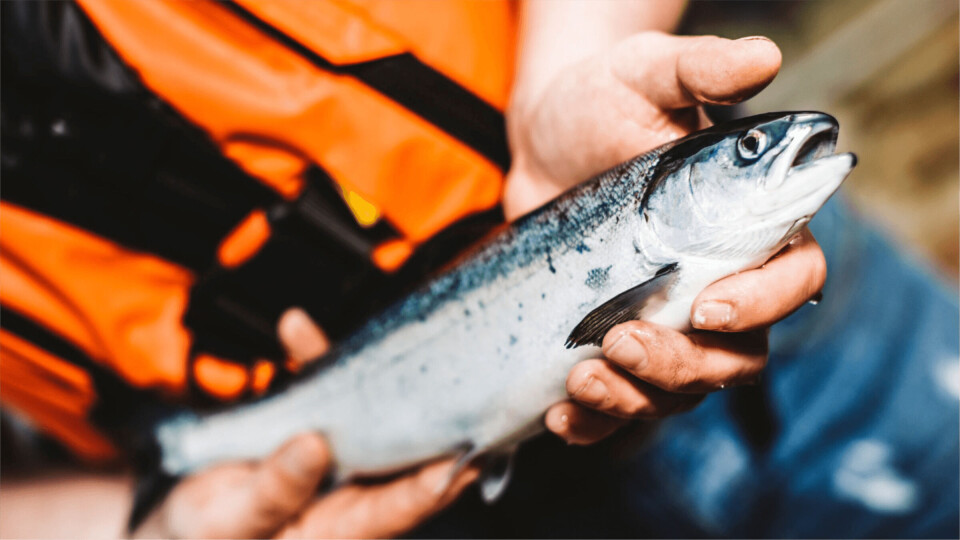
Scottish Sea Farms reports 92% survival rate for 2020
Scottish Sea Farms achieved an average annual fish survival rate of 92% across its 42 marine farms in 2020, it said today. The figure brings SSF’s average annual fish survival rate for the last five-year period to 91%.
Managing director Jim Gallagher said: “2020 was a tough year by anyone’s standards with the arrival of Covid 19, but particularly so for livestock farmers with animals to be fed and tended to – a duty of care that applies 365 days of the year.
“Thanks to the diligence of our farming teams, the many specialist roles working alongside them and the phenomenal amount of time, energy and focus given collectively to ensuring the best growing conditions, we have successfully safeguarded fish welfare throughout the ongoing disruption.”

Strategic spending
Gallagher said the company’s long-term strategic investment programme helped its efforts to keep fish healthy. Last year, spending included £2.3 million on a Hydrolicer and service vessel, the Helen Mary; £1.9m for a new service vessel, the Fair Isle, to support the company’s Northern Isles farms and free up an existing vessel for use on mainland farms; and £1m on creating 30 new roles.
SSF has also carried out a series of upgrades to existing farm infrastructure and taken part in research into gill health and the effects of plankton.
“We’re working hard every single day to make the best decisions for our fish: adding to our capacity and competence, investing our money where it’s needed the most, and monitoring the results to ensure these investments are delivering the anticipated difference or whether we need to hone our approaches further,” said Gallagher.

Algal bloom
The year was not without its challenges, including an algal bloom that contributed to a fall in survival at SSF’s Lismore East farm in Loch Linnhe, which contributed to fall in the annual survival rate from 92% before the event to 63%. This compared to survival rates of 89% and 95% for the same farm’s previous two crops, respectively.
SSF said that in the interests of fish welfare, the decision was taken to fallow the entire farm, an operation completed within two weeks of the plankton event occurring.
“These environmental changes and challenges, whilst isolated, can be devastating to fish stocks and to the farmers who care for them,” said SSF’s head of fish health, Ralph Bickerdike.
“The more we can learn about what causes them and why, the better able we will be to identify how best to pre-empt and avoid them.”






















































